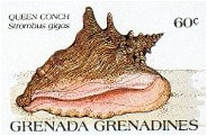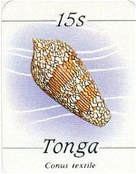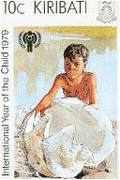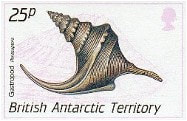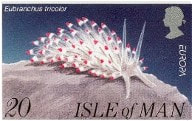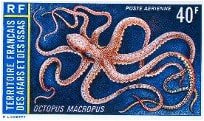Conchophilately or shells on stamps
Photographs courtesy of Tom Walker
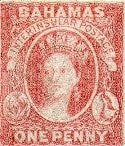
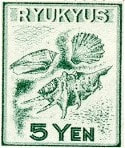
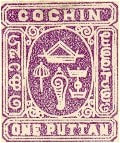
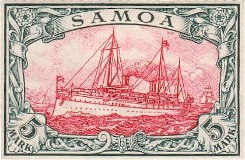
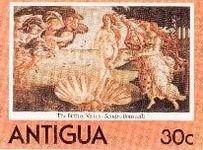
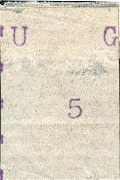
Whatever your interest there is no end to the hobby. New issues appear almost every month, and it is a challenge to keep up to date. Old stamps may be very scarce, and only become available for purchase one or twice in a lifetime (even then, most of us would not consider paying in excess of £10,000 each for some of the overprinted Togo "Yacht" stamps).
|
Order |
No of |
No of |
No of |
No of |
No of |
|
POLYPLACOPHORA |
|
|
|
|
|
|
Lepidopleura |
1 |
1 |
2 |
3 |
2 |
|
|
|
|
|
|
|
|
GASTROPODA |
|
|
|
|
|
|
Docogllossa |
3 |
3 |
6 |
45 |
9 |
|
Vertigogastropoda |
6 |
27 |
61 |
156 |
26 |
|
Caenogastropoda |
31 |
62 |
164 |
1312 |
91 |
|
Neogastropoda |
19 |
95 |
309 |
1281 |
71 |
|
Heterostropha |
2 |
3 |
5 |
13 |
1 |
|
Cephalaspidea |
4 |
5 |
7 |
10 |
0 |
|
Sacoglossa |
2 |
3 |
4 |
4 |
4 |
|
Anaspidea |
1 |
1 |
1 |
2 |
0 |
|
Notaspidea |
1 |
1 |
1 |
1 |
0 |
|
Thecosomata |
1 |
1 |
1 |
1 |
0 |
|
Gymnosomata |
1 |
1 |
1 |
1 |
0 |
|
Nudibranchia |
12 |
17 |
38 |
77 |
12 |
|
Archaeopulmonata |
1 |
1 |
1 |
1 |
0 |
|
Basommatophora |
3 |
7 |
9 |
12 |
12 |
|
Stylommatophora |
21 |
35 |
71 |
90 |
6 |
|
|
|
|
|
|
|
|
CEPHALOPODA |
|
|
|
|
|
|
Nautilida |
1 |
1 |
5 |
55 |
13 |
|
Sepiida |
3 |
3 |
4 |
14 |
7 |
|
Teuthida |
7 |
12 |
23 |
45 |
41 |
|
Octopoda |
5 |
9 |
25 |
93 |
122 |
|
|
|
|
|
|
|
|
BIVALVIA |
|
|
|
|
|
|
Arcoida |
2 |
5 |
9 |
18 |
1 |
|
Mytilida |
1 |
3 |
7 |
33 |
9 |
|
Pterioida |
3 |
6 |
12 |
84 |
4 |
|
Limida |
1 |
2 |
2 |
8 |
1 |
|
Ostreoida |
6 |
18 |
49 |
177 |
177 |
|
Unionoida |
2 |
7 |
11 |
9 |
4 |
|
Venerida |
2 |
3 |
3 |
4 |
1 |
|
Chamida |
14 |
36 |
67 |
176 |
64 |
|
Myoida |
1 |
2 |
2 |
4 |
0 |
|
Anomalodesmata |
1 |
1 |
1 |
1 |
0 |
|
|
|
|
|
|
|
|
SCAPHOPODA |
|
|
|
|
|
|
Dentaliida |
0 |
0 |
0 |
0 |
1 |
|
|
|
|
|
|
|
|
OTHER
UNIDENTIFIED |
|
|
|
|
|
|
Gastropods |
|
|
|
|
348 |
|
Bivalves |
|
|
|
|
43 |
|
|
|
|
|
|
|
|
|
|
|
|
|
|
|
Total
Living |
158 |
371 |
901 |
3730 |
1670 |
|
Fossils |
31 |
38 |
38 |
36 |
83 |
|
Total Stamps |
189 |
409 |
939 |
3766 |
1753 |

